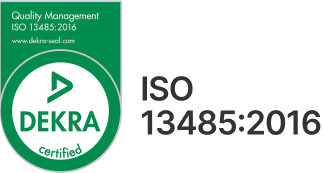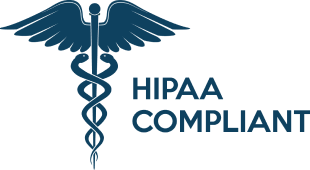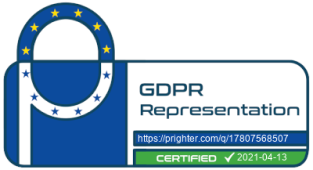The Importance of Remote Vital Signs Monitoring for the Elderly
Monitoring Vital Signs for this Segment of the Population is Critical
It goes without saying that the elderly are a high-risk group for medical conditions. Finding technology that augments the support of this population is essential. The World Health Organization (WHO) announced earlier this year on International Day of Older Persons, the launch of the first data portal that brings together vital sign information on the health and wellbeing of seniors 60 years and older.
We are currently in the ‘Decade of Healthy Aging’ and it’s more important than ever to create ways in providing support for anyone with declining health. For example, offering them tools for timely assessment and care, as well as preventive medicine that can catch the first signs of ill health. As the majority of people in the world will be unable to afford the high quality of care that we all hope to achieve in our aging years, there is a strong onus on the healthcare field to establish ways in decreasing healthcare costs to support those who are most vulnerable.
To watch the webinar that inspired this blog post, please go here.
Monitoring Challenges for the Elderly
While technology is making strides in monitoring and treatment solutions, the elder population have some unique challenges when it comes to leveraging these benefits. Let’s look at a few.
Adequate equipment: There are a range of devices that the elderly need in order to stay on top of their health and wellbeing, and these are simply not always available from home. Devices such as a blood pressure cuff, an oximeter, a respiration rate monitor, and technology for glucose level monitoring in the blood. These are all common items used in a simple check-up for the elderly, but very few people have access to these at home.
Cost: Even for those who want to store and manage the devices at home, the cost is often prohibitive. If equipment needs to be FDA approved, a single device can cost hundreds of dollars. For elderly patients, we’re often talking about chronic conditions, and patients who use multiple devices. As a result, less than 10% of the population have sufficient devices available in their homes.
Lack of expertise: After speaking to companies that produce this kind of specialist medical equipment, they report that 50% of the population are not using devices like blood pressure, cuffs correctly, due to the lack of expertise. This gets even more complex for aging patients, as the changes in their body often mean that standard items like blood pressure cuffs are inappropriate. While some companies are producing targeted equipment for the elderly, the cost is very high.
Clinic-only: While hospitals and clinics have these devices, it isn’t easy for many elderly people to make regular visits to facilities in order to get an understanding of their wellbeing. In addition, this kind of monitoring is only periodic at best and puts a strain on hard-working medical staff, of whom there is a serious shortage.
Physiology: Changes in tissue, blood vessels, and function make accurate vital signs hard after around 80 years of age, depending on general wellbeing. For example, aging decreases the ability to sweat, which is essential for certain indicators, while oximeters don’t work as well on the elderly because the blood vessels in the hands are not as efficient as they once were. Doctors may even ask elderly patients to rub their hands together for several minutes to wake up the tissue. Other issues include postural hypotension, which can cause inaccurate blood pressure readings.
Supporting Aging in Place Initiatives
Technology has a responsibility to try to solve as many of these challenges and help older citizens live independently for as long as possible, in line with ‘Aging in Place’ initiatives. To make this happen, we’re seeing a trend towards smart homes and technology for the elderly, supported by the government, and enabling older citizens to obtain the best possible protection and prevention. These may include:
- Physiological monitoring
- Fall detection/Movement sensors
- Functional monitoring for detection and response
- Safety and Security monitoring
- Social interaction checks
- Cognitive and sensory assistance
- Integration with data analytics to monitor trends over time
The Binah.ai Solution: Uniquely Placed to Help The Elderly
Binah.ai created a cutting-edge solution to solve the problems of technology – accuracy, cost efficiency and scalability – with a remote vital signs monitoring platform built to reach everyone, no matter their age.
Binah.ai’s technology only uses light reflection intensity from a person’s face without the requirement of monitoring the hand, wrist, or fingers to extract regular vital signs, solving the issue of inefficient blood vessels. We have tested our technology on people over the age of 80-90 years old and can say with confidence that it provides readings with very high levels of accuracy, across any age range.
It is also important to ensure that our technology is available to anyone, no matter their technical proficiency. We therefore created a tool that can be used from any camera-equipped device, laptop, tablet, or smartphone. The older population are increasing their use of this kind of technology, with 62% of those aged 70 and above reporting using a smartphone regularly, and this number growing.
With as simple a function as taking a selfie video, anyone can access accurate vital signs measurements that can be indicators for a wide range of conditions in the elderly. These include cardiovascular diseases, diabetes, mental health conditions, and general physical wellness. Within the first 10-12 seconds, Binah.ai extracts heart rate, and within 25 seconds, oxygen saturation. For respiration rate, the user will have results in 30-35 seconds, mental stress levels and HRV in under a minute. These are being used in practice by more than 50 partners already, and can all make an actionable difference to the way we treat the elderly.
Making a Difference
From nursing homes and doctors’ clinics to home hospitals and sheltered housing initiatives, Binah.ai’s remote monitoring solution can overcome the limitations and challenges of traditional technology that are preventing the elderly from aging effectively within their own space.

 close
close





